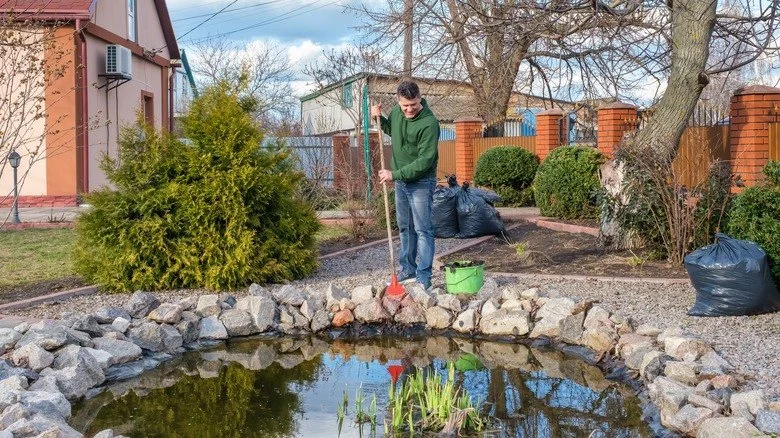
How to Deal With Pest Infestations Near Water Features
- Understanding Why Pests Are Attracted to Water Features
- Common Pests Found Near Water Features
- Preventive Measures for Controlling Pests
- When to Call Professionals for Pest Control
1. Understanding Why Pests Are Attracted to Water Features
Water features like ponds, fountains, and streams can greatly enhance the aesthetic value of a yard, but they also provide a perfect environment for pests. Pests, especially mosquitoes, rodents, and various insects, are naturally drawn to areas with abundant water, as it supports their breeding, feeding, and sheltering needs.
Standing water in fountains or ponds can become a breeding ground for mosquitoes, while wet environments attract pests seeking moisture. Additionally, the presence of plants and the overall damp environment can create a habitat for insects, rodents, and other critters that thrive near water sources.
Understanding this attraction is crucial for managing pests around your water features. By addressing the conditions that draw pests in, you can take steps to reduce the likelihood of infestations and keep your outdoor space comfortable and pest-free.
2. Common Pests Found Near Water Features
Several types of pests are commonly found near water features, each with its own specific behavior and impact on your outdoor space:
- Mosquitoes: These are by far the most common pests associated with water features. Mosquitoes lay their eggs in standing water, which can turn a calm pond or fountain into a breeding ground for hundreds of mosquitoes.
- Rodents: Mice, rats, and other rodents often seek shelter near water, especially if there is vegetation and debris. They can nest in nearby bushes or under the water feature itself, posing a risk to both the health of your home and the safety of your plants.
- Snails and Slugs: These creatures thrive in moist environments and are often found around water features, especially in damp, shaded areas. While they may not be dangerous, they can damage your plants and leave unsightly trails on your surfaces.
- Flies and Other Insects: Flies, particularly drain flies and fruit flies, are attracted to the organic matter that may accumulate in or near water features. They can breed in wet areas with decaying plant matter, affecting the cleanliness of your garden.
By identifying these common pests, you can take targeted action to prevent or eliminate them effectively before they become a significant problem.

Jay's Exterminating Services
LivingstonEssex CountyNew Jersey
631 W Mt Pleasant Ave, Livingston, NJ 07039, USA
3. Preventive Measures for Controlling Pests
Preventing pest infestations near your water features is much easier than trying to manage a full-scale infestation. Here are several effective methods for controlling pests:
- Eliminate Standing Water: Mosquitoes breed in standing water, so the first step in pest control is to eliminate stagnant water. Ensure that your fountains, ponds, and birdbaths are cleaned regularly, and consider installing water pumps or aerators to keep water moving.
- Use Natural Repellents: There are various natural repellents available that can help keep pests away from your water features. Mosquito-repelling plants such as citronella, lavender, and marigolds can be planted around the area. Additionally, using essential oils or citronella candles can help reduce mosquito presence.
- Maintain Cleanliness: Remove leaves, debris, and decaying plant matter that can attract pests. Regular cleaning and maintenance of the water feature will minimize the organic material pests thrive on.
- Install Screens or Mesh Covers: If you're dealing with mosquitoes, installing mesh covers over the water feature can help prevent them from laying eggs. Using fine mesh screens around the area can also protect plants from insect infestations.
- Install Pond Netting: For larger water features, such as ponds, pond netting can help keep both pests and debris out of the water. This netting creates a physical barrier that prevents insects and other pests from accessing the water while still allowing sunlight and airflow.
By implementing these preventative measures, you can significantly reduce the likelihood of pests infesting your water features and your outdoor space.
4. When to Call Professionals for Pest Control
While DIY methods can be effective, there are times when the infestation becomes too large to handle on your own. If you’ve tried preventive measures and the pest problem persists, it may be time to consult a professional pest control service. A professional can assess the situation, identify the types of pests, and recommend targeted treatment plans that are safe and effective for your environment.
In cases of severe infestations, especially with rodents or large numbers of mosquitoes, a pest control expert can use more advanced techniques such as chemical treatments or traps, ensuring the safety of your water feature and surrounding plants. Moreover, professionals can offer ongoing monitoring and maintenance services to keep your space pest-free.
For the best pest control recommendations and services, visit PestControlHub for expert advice and trusted professionals who specialize in dealing with pests near water features.


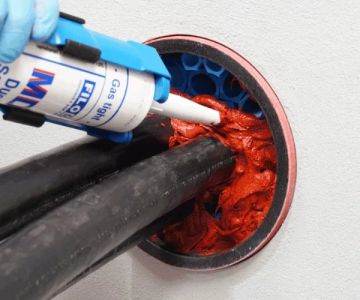
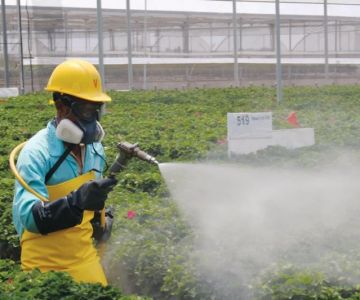
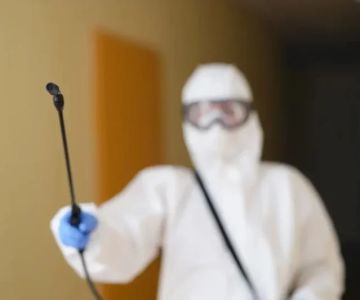
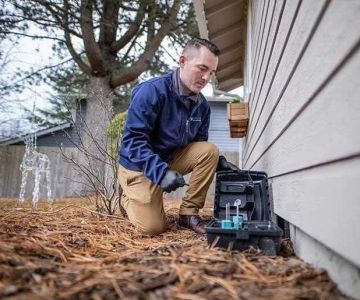
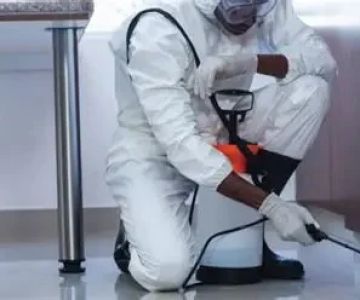
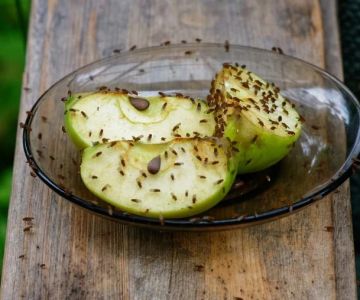
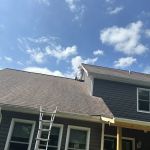 Ray's Pest Control and Wildlife Removal4.0 (89 reviews)
Ray's Pest Control and Wildlife Removal4.0 (89 reviews)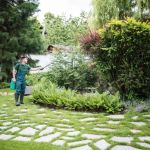 First Choice Pest Control LLC4.0 (62 reviews)
First Choice Pest Control LLC4.0 (62 reviews) Pest Plus4.0 (65 reviews)
Pest Plus4.0 (65 reviews)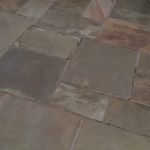 Plateau Pest Control4.0 (103 reviews)
Plateau Pest Control4.0 (103 reviews)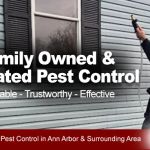 Honorable Pest Control5.0 (141 reviews)
Honorable Pest Control5.0 (141 reviews)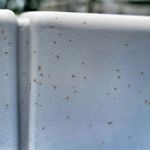 Mar-Von Pest Control Co LLC4.0 (12 reviews)
Mar-Von Pest Control Co LLC4.0 (12 reviews)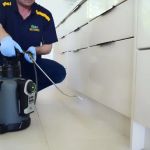 How to Monitor Pest Activity After Treatment
How to Monitor Pest Activity After Treatment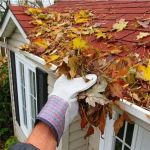 How to Prevent Pest Intrusion in Seasonal Homes: Effective Tips and Solutions
How to Prevent Pest Intrusion in Seasonal Homes: Effective Tips and Solutions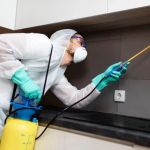 How to Use Low Impact Treatments in Sensitive Areas for Effective Pest Control
How to Use Low Impact Treatments in Sensitive Areas for Effective Pest Control How to Predict Which Pests Will Invade Next – Smart Pest Forecasting for the U.S.
How to Predict Which Pests Will Invade Next – Smart Pest Forecasting for the U.S.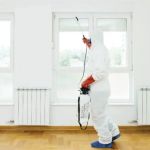 DIY vs Professional Pest Control: Which One Saves You Money?
DIY vs Professional Pest Control: Which One Saves You Money?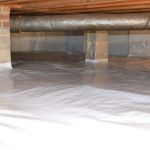 How to Keep Crawlspaces Dry and Pest-Free: Essential Tips
How to Keep Crawlspaces Dry and Pest-Free: Essential Tips